Technological Innovations in Treatment
Technological advancements play a crucial role in shaping the Spasmodic Dysphonia Treatment Market. Innovations in medical devices and treatment techniques have led to more effective and less invasive options for patients. For instance, the development of advanced imaging technologies allows for better diagnosis and monitoring of spasmodic dysphonia, facilitating tailored treatment plans. Additionally, the integration of telemedicine has expanded access to specialists, enabling patients to receive timely care regardless of their location. The market is witnessing a surge in the adoption of minimally invasive procedures, which are associated with shorter recovery times and improved patient satisfaction. As these technologies continue to evolve, they are expected to drive market growth by enhancing treatment efficacy and patient outcomes.
Rising Prevalence of Spasmodic Dysphonia
The increasing prevalence of spasmodic dysphonia is a notable driver for the Spasmodic Dysphonia Treatment Market. Recent estimates suggest that this condition affects approximately 1 in 100,000 individuals, leading to a growing demand for effective treatment options. As awareness of this disorder rises, more patients seek medical assistance, thereby expanding the market. The need for specialized therapies, including botulinum toxin injections and voice therapy, is likely to increase as healthcare providers recognize the importance of addressing this condition. Furthermore, the rising number of healthcare professionals trained in diagnosing and treating spasmodic dysphonia contributes to the market's growth. This trend indicates a potential for increased investment in research and development, ultimately enhancing treatment modalities available to patients.
Increased Research and Development Funding
The Spasmodic Dysphonia Treatment Market is experiencing a boost due to increased funding for research and development. Governments and private organizations are recognizing the need for innovative treatment solutions for this challenging condition. Funding initiatives aimed at understanding the underlying mechanisms of spasmodic dysphonia are likely to lead to the discovery of new therapeutic approaches. Moreover, clinical trials are being conducted to evaluate the efficacy of novel treatments, which may result in the introduction of groundbreaking therapies. This influx of financial support not only accelerates the pace of research but also encourages collaboration among academic institutions, healthcare providers, and pharmaceutical companies. As a result, the market is poised for growth as new and effective treatment options become available.
Rising Awareness and Education Initiatives
Rising awareness and education initiatives regarding spasmodic dysphonia are pivotal in driving the Spasmodic Dysphonia Treatment Market. Various organizations and healthcare providers are actively working to educate both the public and medical professionals about this condition. Campaigns aimed at increasing understanding of symptoms, treatment options, and the importance of early diagnosis are gaining traction. As awareness grows, more individuals are likely to seek medical advice, leading to earlier interventions and improved treatment outcomes. Additionally, educational programs for healthcare providers are essential in ensuring that they are equipped to recognize and manage spasmodic dysphonia effectively. This increased focus on education is expected to enhance the overall treatment landscape, ultimately benefiting patients and contributing to market growth.
Growing Demand for Voice Rehabilitation Services
The demand for voice rehabilitation services is a significant driver in the Spasmodic Dysphonia Treatment Market. As patients become more aware of the impact of spasmodic dysphonia on their quality of life, they are increasingly seeking comprehensive rehabilitation programs. These services often include voice therapy, counseling, and support groups, which are essential for managing the psychological and emotional aspects of the condition. The market is witnessing a rise in specialized clinics and rehabilitation centers that focus on providing tailored voice therapy solutions. This trend indicates a shift towards holistic care, where the emphasis is placed not only on medical treatment but also on improving overall well-being. Consequently, the growth of voice rehabilitation services is likely to contribute to the expansion of the treatment market.


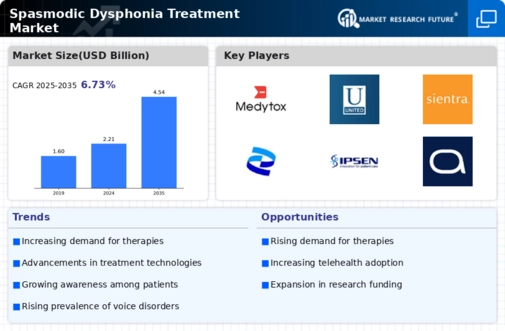
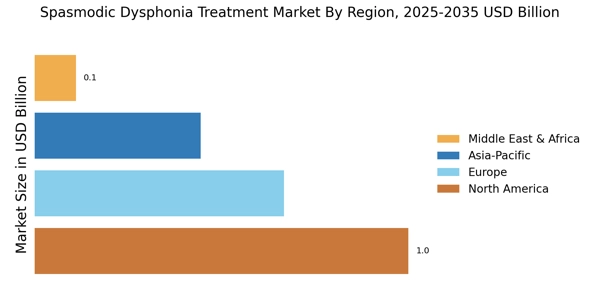
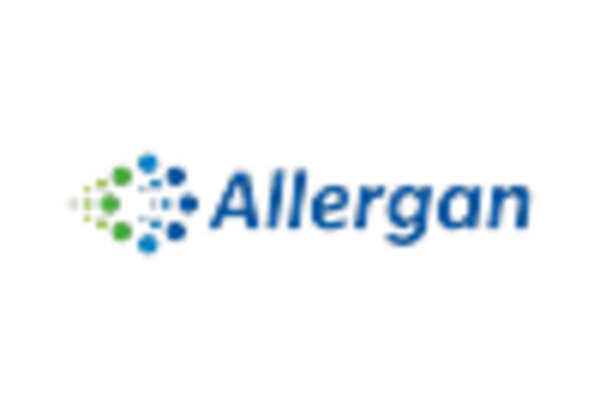
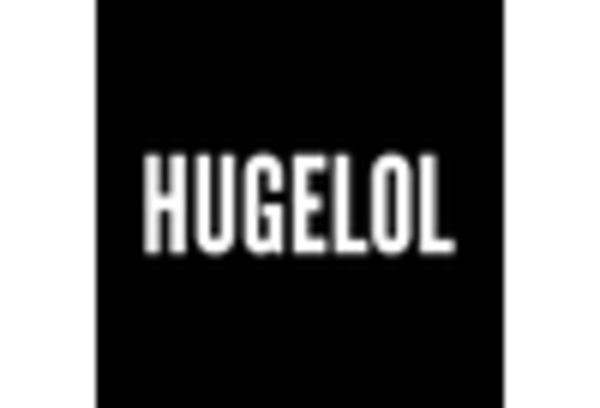
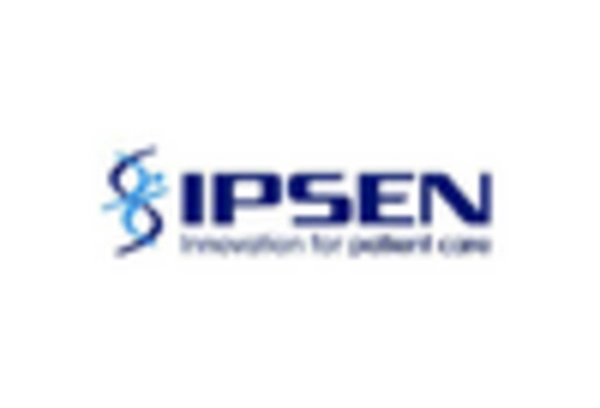
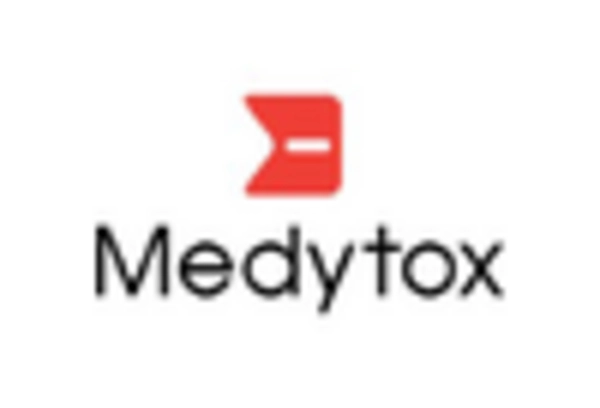
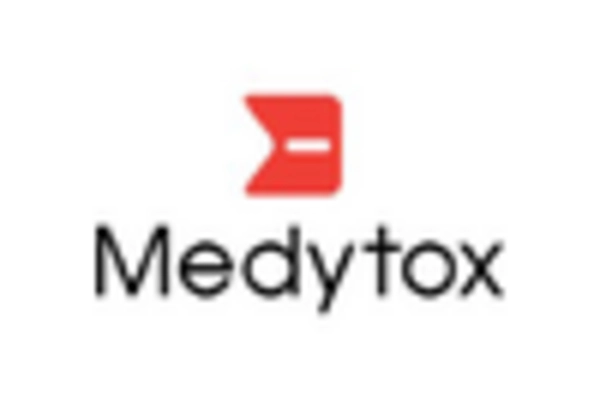









Leave a Comment